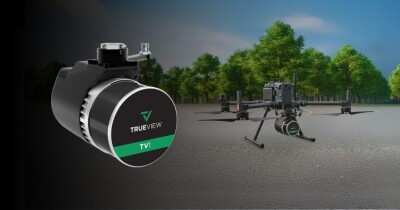Due to the holiday in the US, it’s been a bit slow for news, but that doesn’t mean that there isn’t anything to talk about. For instance there’s Autodesk, which surprised a lot of people by branching out this May into the nascent 3D-printing market. It was a risky move to bank on the idea that consumer and “prosumer” 3D printing could be important in the future (especially bold considering that most of the public can’t think of a use for these printers beyond making keychains, coffee mugs, or figurines). We could probably say the same about Autodesk’s recently announced acquisitions of Bitsquid and Shotgun, two companies with products widely used in the gaming industry.
The Bitsquid acquisition is most obviously related to our marketplace, as the company makes their own game engine (if you’re not up to speed on what a game engine is, I recommend checking the Wikipedia article). The short story is that a game engine is used to create, develop and render the video games you love and enjoy. Autodesk’s acquisition of Bitsquid and their game engine is important to you because you will be able to use this game engine in the future to present designs you create with other Autodesk products. That includes architectural designs, plans, or practically any other kind of spatially organized information.
A videogame engine differs from other means of presentation in that it offers an interactive experience, which makes it a very impressive and effective tool for showing necessary information to clients or decision makers. Instead of bringing a pre-made video to a client, you could bring a model that allows you to move around within the space. You could show different parts of that space as the conversation develops. For a client that would be dropping a very large amount of money on a new construction project, the ability to understand more about what the space is going to look and feel like would be incredibly valuable.
So we know that it will be helpful for those who want to present or see designs before they’re built. But could it be useful for those who want to look at scans of already existing buildings? As Larry Kleinkemper of Lanmar Services pointed out to me, the technology could help you to examine spaces in a way that you might not be able to do otherwise. For instance, he says, “In a room with a 20ft-tall ceiling painted black, it’s hard to see the ducts or the piping. [A game engine] could help you to find the technical details you might not be able to see.”
A video game engine certainly seems like it could a valuable tool for presenting or examining point clouds, but right now it remains pure possibility. That’s because it’s not clear whether Bitsquid will actually work for rendering 3D scan data, and we might not know until we actually get our hands on Autodesk’s next release. For now, all we can do is think of the cool things we might be able to use it for.
There’s another potential problem for the use of game engines, no matter what kind of data you use it to present. A model or scan presented in a game engine may never stop seeming like, well, a game. In other words, you might have the sense that you’re using a toy rather than looking at real data. Though videogame engines are growing in complexity and presenting more realistic renderings than ever before, the connection of game engines with “fun” might remain a stumbling block. But maybe a quick rebranding could change that—you might want to get comfortable calling them “simulators” before it’s too late.
Image – Magicka®: Wizard Wars, Image courtesy of Paradox Interactive and Paradox North











